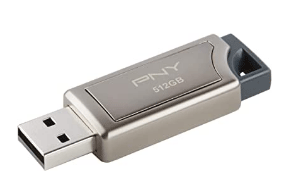
You’ll need a USB flash drive with at least 3GB of memory for this and once you secure one, just follow the steps that we’ve shown in this previous tutorial. Doing this is easy if you’re one of those few power users or geeky earthlings who knows the way to almost anything PC related.īut what if you’re part of the large number of average users out there? What will you do to fix your machine by yourself? That’s exactly what we’re going to find out here but before anything else, be sure to create a bootable Windows 10 USB installation media. Select your newly created bootable USB drive and press Enter.When the worst happens on our Windows 10 laptops or PCs, the last resort that is available is a reformat process.


In the Volume label field, enter a descriptive name for your bootable drive.Select UEFI (non CSM) from the Target system menu.Select GPT from the Partition scheme menu.Make sure Standard Windows installation is selected in the Image option dropdown menu.


Choose Select next to this option, navigate to where you’ve saved Windows 10’s ISO file, and select the file to add it to Rufus. From the Boot selection menu, select Disk or ISO image (Please select).Select your USB drive from the Device dropdown menu at the top.


 0 kommentar(er)
0 kommentar(er)
